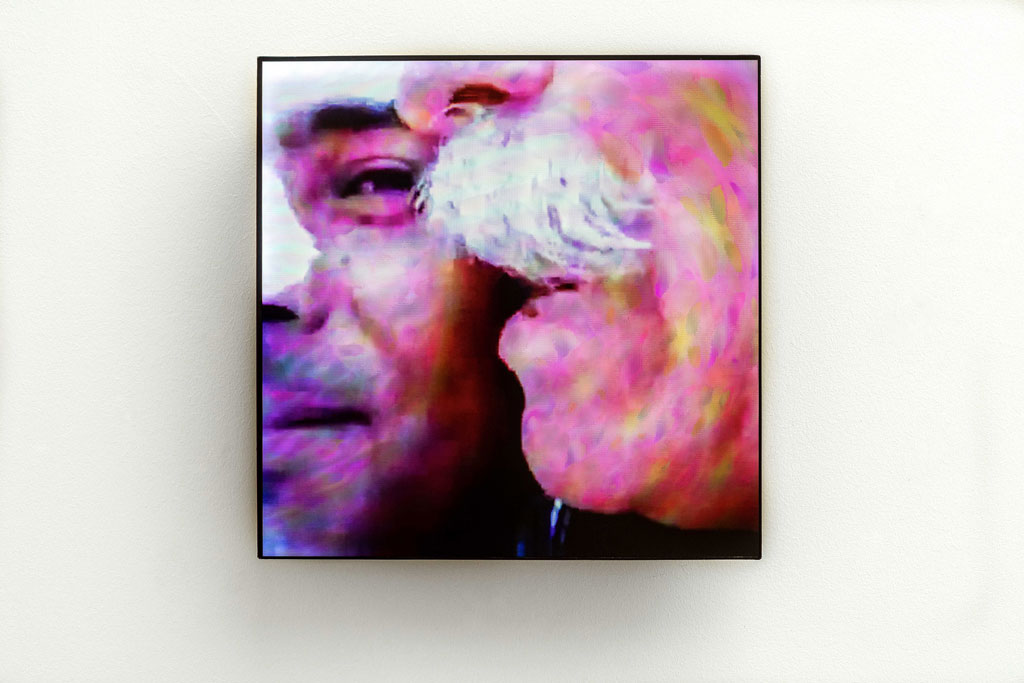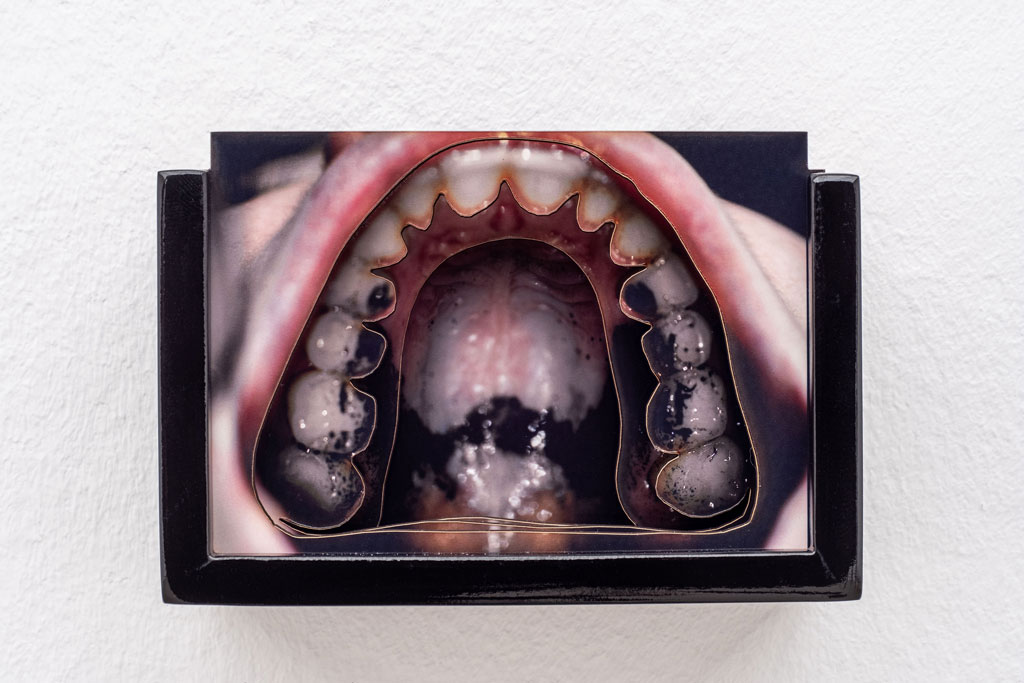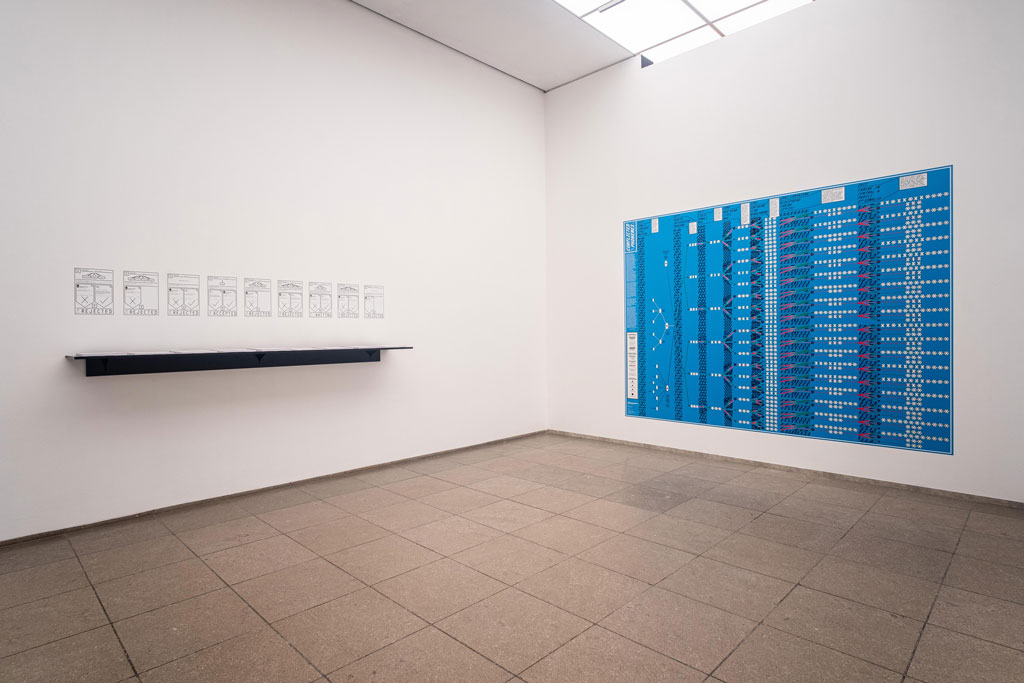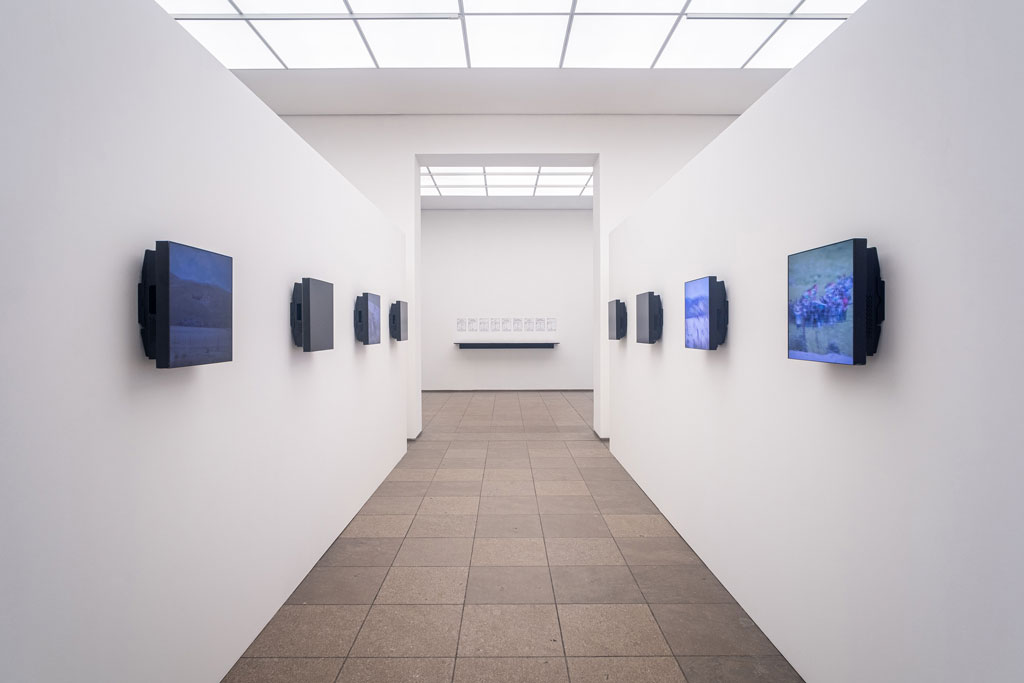ART CITIES:Berlin-Lawrence Abu Hamdan
 Art, science, and activism are intertwined in Lawrence Abu Hamdan’s practice. The artist describes himself as a “private ear.” Abu Hamdan was instrumental in the reconstruction of practices at a Syrian prison, a process that took acoustic memories of surviving prisoners as its basis. This was one of the projects he collaborated on with Amnesty International and the independent research institution Forensic Architecture. In a number of other projects, Abu Hamdan scrutinizes the quality and validity of language analyses used to determine the origin of refugees.
Art, science, and activism are intertwined in Lawrence Abu Hamdan’s practice. The artist describes himself as a “private ear.” Abu Hamdan was instrumental in the reconstruction of practices at a Syrian prison, a process that took acoustic memories of surviving prisoners as its basis. This was one of the projects he collaborated on with Amnesty International and the independent research institution Forensic Architecture. In a number of other projects, Abu Hamdan scrutinizes the quality and validity of language analyses used to determine the origin of refugees.
By Dimitris Lempesis
Photo: Hamburger Bahnhof Archive
On the basis of auditory perception, Lawrence Abu Hamdan follows traces of state or industrial violence as well as mechanisms of surveillance and propaganda. At the center of his solo exhibition “The Voice Before the Law” at the Hamburger Bahnhof in Berlin is the video and audio installation “This whole time there were no landmines” (2017). The work deals with physical and emotional boundaries in a haunting way. The footage for “This whole time there were no landmines” consists of mobile phone recordings taken in 2011 at the Golan Heights, a rocky plateau region in the Middle East that had been the subject of various conflicts in the past. Israel annexed most of the Golan during the Six-Day War in 1967. The particular acoustics of one part of the Golan Heights region has led to its being dubbed the “shouting valley”. The acoustic phenomenon of wandering and intensifying voices in this topography enables communication (with megaphones) across the border. Abu Hamdan’s visual and audio footage dates from 15/5/2011. This date is an important anniversary for both sides—for Israel, which on 14/5/1948 was founded after the failure of the United Nations Partition Plan for Palestine and recognized by the United States, the Soviet Union, and the United Nations on 15/5; and for Palestinians who use that day called “Nakba” (disaster or catastrophe) to commemorate and protest their forced evacuation following the founding of the state and the First Arab-Israeli War (1947-49). Already towards the end of the war, the Palestinian side claimed a right to return to their former properties, a key issue in the Mideast conflict since then. A group of protesters crossed the border for the first time on15/5/2011 in the wake of the Arab Spring and entered Druze-populated territory, an action that led to the shooting of four protesters by the Israel Defense Forces. In the center of the exhibition, This whole time there were no landmines shows recordings made with mobile phone cameras across eight square screens on opposite walls. These eyewitness accounts are set against a disturbing backdrop of shouts, shreds of conversation, and technical signals. Several of Abu Hamdan’s works take audio analysis technologies as their basis. “Disputed Utterance” (2019) uses palatography, a technique that prints specific shapes onto the roof of one’s mouth by putting a mixture of charcoal and olive oil on a tongue and pronouncing a word. This is used by linguists, language preservationists and speech therapists. Abu Hamdan uses this method for creating the “mouth dioramas” consisting of several layers of laser-cut C-prints on cardboard. These palatographic works document seven cases of “disputed utterances” when court trials essentially revolve around how defendants pronounce certain words—and the legal implications of what they said. In a number of other projects, Abu Hamdan scrutinizes the quality and validity of language analyses used to determine the origin of refugees. These supposedly objective language analysis methods have been in development since the 1990s and have been increasingly applied in Europe since 2001. “Conflicted Phonemes” (2012)—installed in the last room of the exhibition—attempts to bring the widespread use of this method into the public eye.
Info: Curator: Ina Dinter, Hamburger Bahnhof – Museum für Gegenwart – Berlin, Invalidenstraße 50/51, Berlin, Duration: 26/10/19-9/2/20, Days & Hours: Tue-Wed &Fri 10:00–18:00, Thu10:00–20:00, Sat-Sun 11:00–18:00, www.smb.museum




